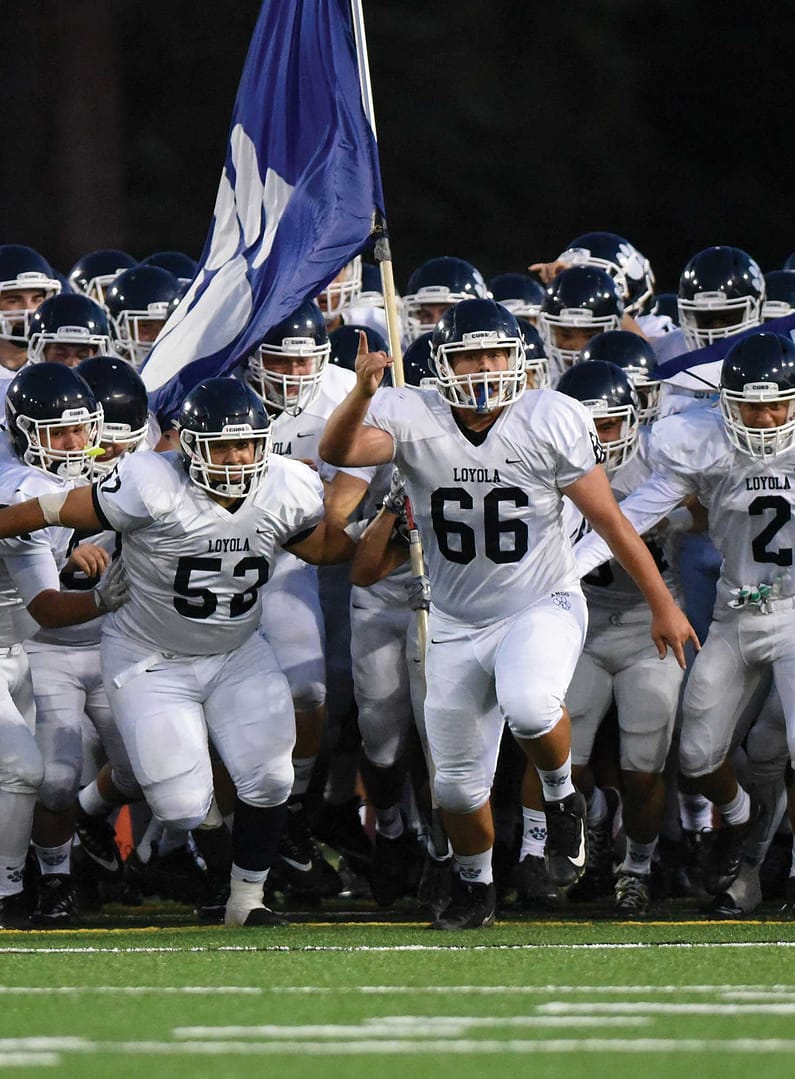The Solar Energy Activities Lab, or S.E.A.L., is a club created by junior Jason Omori and chemistry teacher Edward Hairston with the goal of finding renewable ways to produce hydrogen gas and using it as a form of energy. Currently, the team is composed of six juniors: Jason Omori, Ryan Adami, Michael Yaccarino, Joshua Francia, Aaron Sornborger and Tristan Silerio.
The S.E.A.L. program was created by the California Institute of Technology in conjunction with The Solar Army. The lab is being conducted in schools across the world in order to expedite the process and to have more students involved.
Hairston said, “The Solar Energy Activity Lab is a lab focused on finding renewable ways to generate hydrogen gas so that we can use hydrogen gas as a new fuel for different industries such as power plants or hydrogen powered cars.”
The club meets in room H300 during lunch to discuss new ideas for their project and after school on Wednesdays to gather data. The club also occasionally visits the California Institute of Technology in Pasadena in order to receive supplies and view data that the university has collected.
Yaccarino believes the club appeals to science-oriented students with experience in chemistry. He said, “I would recommend this club to anyone who has a deep passion for chemistry. Our project this year is heavily reliant on it, and it helps connect chemistry to a real world issue.”
Hairston said, “The lab is a long process that is in collaboration with California Institute of Technology. Through California Institute of Technology, other schools around the country and around the the world are in a combined effort. These colleges and high schools work together to find different metal catalysts that would catalyze water into hydrogen gas most efficiently as a renewable resource.”
California Institute of Technology in Pasadena, one of the top science and research institutions in the nation, has created this program to create more advanced research opportunities for high school students.
Although the S.E.A.L. team has not found any breakthroughs, Hairston believes their work is a useful effort that will lead to insight and interesting results.
Hairston said, “The process is still beginning because this is a brand new club. We’re still just investigating the materials that we have at Loyola and testing them. We haven’t really made any breakthrough discoveries yet because that is not how science works in a three-month span, but we are positive that we will make an impact in this collaborative effort.”
According to Sornborger, the club is very hands-on and a great way to use the chemistry learned at school for the benefit of the environment.
Sornborger said, “I’ve really liked it so far because we’ve gone to California Institute of Technology and seen their results. I think if you like labs and lab work, you’d have a lot of fun.”
Hairston and the team hope the club will continue to attract new, excited chemistry students. He also hopes his new club will continue to grow and expand until it becomes a hallmark of Loyola extracurricular activities.
Sornborger said, “After this year, we’re hoping to get some sophomores and juniors to continue the club after we leave. Hopefully, as we succeed and grow, we can add more people and get more tests going.”
Hairston will continue to moderate the club after its current members graduate and go to college.
Hairston said, “My hope would be that this lab becomes a staple of Loyola High School. I hope that we definitely make our footprint in making the world a better place in trying to find a renewable energy source. Hopefully, this lab doesn’t end with the juniors that are currently involved, but I hope more juniors and seniors get involved, and this becomes something Loyola is known for.”








Comments are closed.